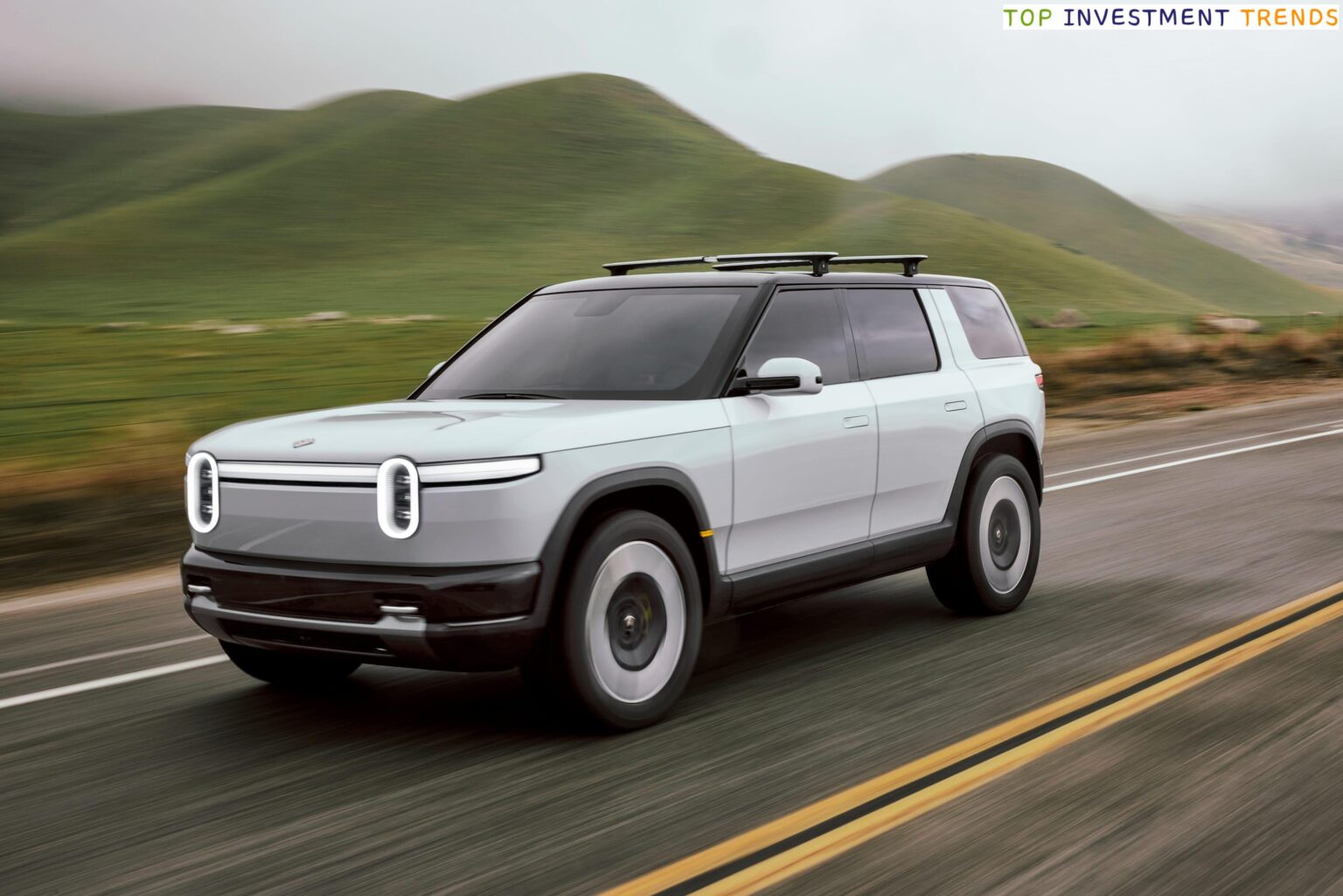As the world of electric vehicles (EVs) continues to evolve, Rivian Automotive, a company known for its electric trucks and SUVs, is navigating a landscape filled with both opportunities and challenges. In the latest developments, the stock price of Rivian has faced some issues, creating a buzz among investors and car enthusiasts alike. Let’s dive into what’s happening with Rivian stock and what it could mean for the future of this ambitious company.
Rivian Wraps Up 2024 with Significant Milestones
In 2024, Rivian made headlines with impressive production numbers. The company manufactured about 49,476 vehicles and managed to deliver 51,579 units throughout the year. This surge in production led to Rivian achieving a major milestone—its first-ever gross profit of $170 million in the fourth quarter. This is a big deal in the EV world, where many companies struggle to make a profit, especially in their early years.
Looking Ahead: 2025 Projections and Possible Risks
For 2025, Rivian has set a goal of delivering between 46,000 and 51,000 vehicles, though analysts had higher expectations, predicting around 55,000 deliveries. This gap has raised some eyebrows among investors who are keenly watching the company’s performance. Adding to the complexity are potential changes in the EV market, particularly concerning the future of the $7,500 EV tax credit that has played a significant role in encouraging buyers to purchase electric vehicles. Changes in these incentives could impact Rivian’s sales and overall growth strategy.
Introducing the R2: A New Hope for Rivian
One bright spot for Rivian is its plan to launch the R2, a more affordable electric SUV, priced starting at about $45,000. Set to hit the market in 2026, this model aims to attract a wider audience and potentially boost sales. Rivian has also received a $6.6 billion loan from the U.S. Department of Energy to support the development of this new model, showcasing the government’s confidence in the firm’s potential.
Adding Manufacturing Power in Georgia
To further strengthen its position, Rivian is developing a new manufacturing facility in Georgia, with construction plans beginning in 2026 and vehicle production anticipated to start by 2028. This expansion is a critical step in increasing Rivian’s capacity to meet growing demand and secure its position in the competitive EV market.
The Stock’s Recent Journey
Despite these positive developments, Rivian’s stock has not been without its challenges. In 2025, the stock price fell approximately 20%, despite achieving the significant milestone of positive gross margins for the first time. This dip has raised questions about the company’s ability to maintain profitability in an unpredictable market. Rivian’s CEO, R.J. Scaringe, is optimistic about sustaining positive gross margins by the year’s end, but investors are understandably cautious.
Investing in Rivian: What Should You Consider?
- **Potential for Growth**: Rivian has innovative vehicles in the pipeline, including the R2 mass-market model, which could capture a larger share of the EV market.
- **Challenges Ahead**: The company faces hurdles like fluctuating stock prices and rising competition in the EV space.
- **Long-Term View**: It’s important for potential investors to consider Rivian as part of a long-term investment strategy rather than a quick win.
Conclusion: Is Rivian a Millionaire-Maker Stock?
While Rivian has shown it can produce profitable vehicles, the next few years will be crucial. The introduction of the R2 SUV, along with strategic initiatives like the new Georgia plant, could open doors for greater success. Investors and fans alike are watching closely to see if Rivian can tame the wild ride of the stock market while driving into the future of electric mobility.



